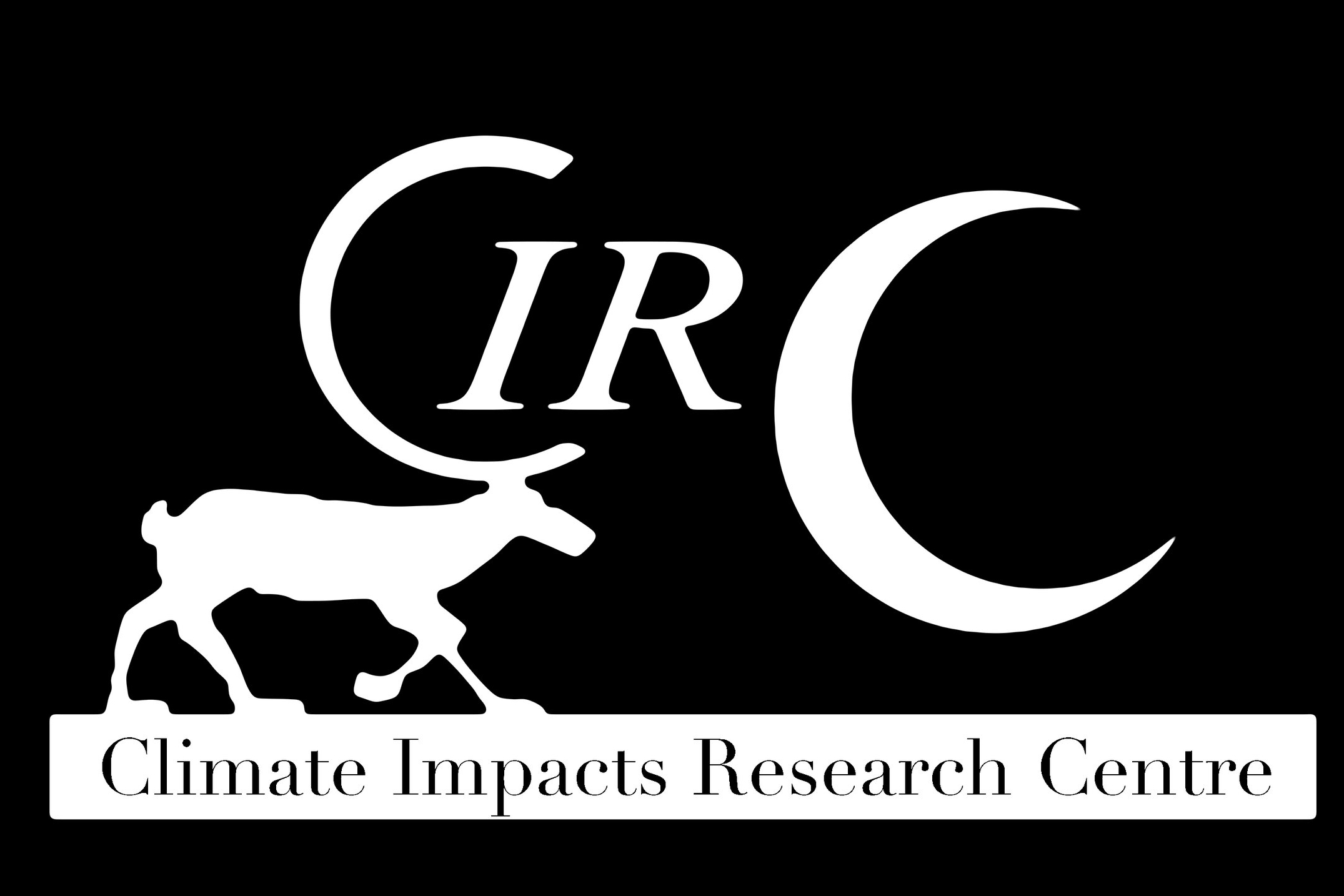This project aims to develop a new and more subtle proxy, soil ancient DNA, for paleo-ecological studies needed when understanding environmental change working beyond our contemporary monitoring programs.
Climate change induced regime shifts in Northern lake ecosystems
This project brings together new tools and concepts in biogeochemistry and ecology, with the aims of understanding and predicting the effects of climate change on the delivery of two major ecosystem services, fish production and the net greenhouse gas balance of Northern lakes.
A cross-system analysis of ecological change in Kangerlussuaq (SW Greenland) and Torneträsk (Northern Sweden)
In this project, we will synthesize the available data from Torneträsk in Northern Sweden and Kangerlussuaq in south-west Greenland using novel statistical approaches to understand the key drivers of ecological changes at a range of timescales.
Quantifying cryogenic soil-mixing in the tundra soil and its role for the long-term carbon cycling in the arctic
Quantifying cryogenic soil-mixing in the tundra soil and its role for the long-term carbon cycling in the arctic
Project Summary
Tundra soils play an important role in the global carbon cycle. Tundra regions are warming rapidly due to the ongoing global warming, and there are concerns that this will reduce the accumulation rate of carbon in tundra soils. It is even feared, that from being a sink, these soils will instead become a significant source of carbon to the atmosphere, which will add to the currently increasing levels of greenhouse gases. In the discussion about changed carbon cycling due to changed climate in tundra regions, temperature dependent decomposition processes and changed plant productivity rates have been the main mechanisms studied although it has been suggested that soil frost processes, might be of more importance for the fat of the soil carbon pool than temperature dependent microbial processes. The objective with my research project is to test this hypothesis.
Collaborators
Marina Becher, Umeå University





